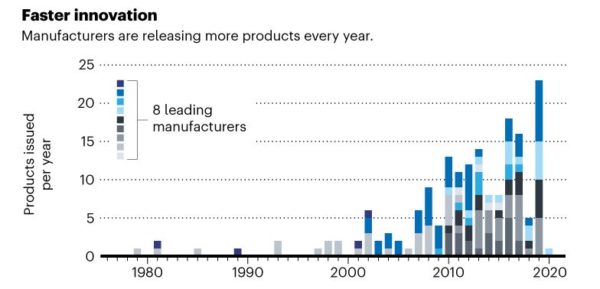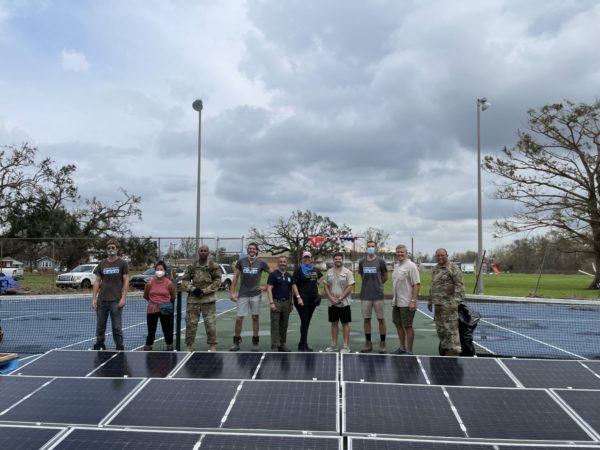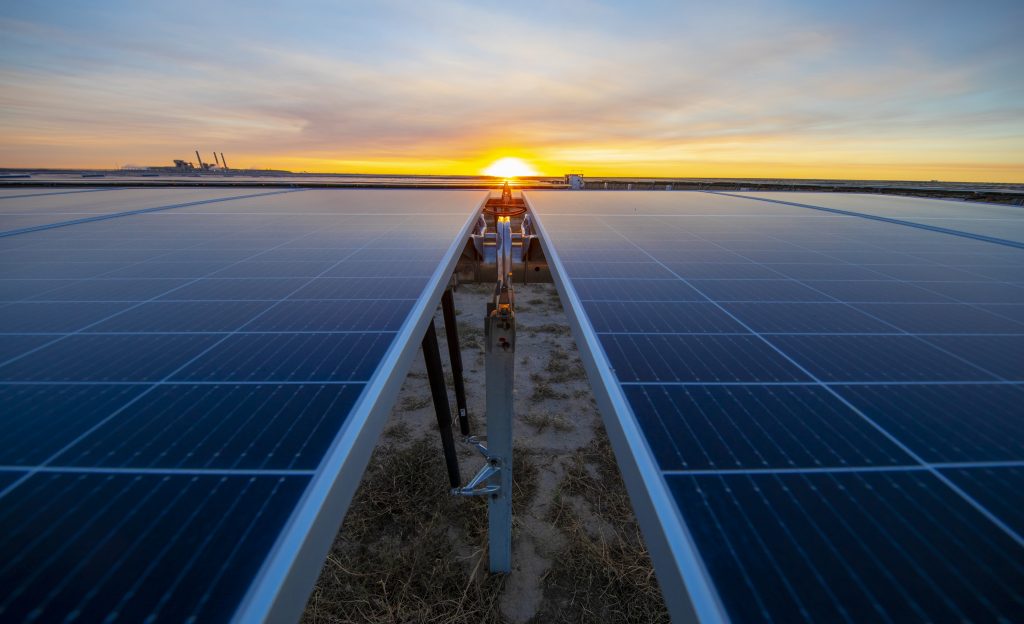To effectively decarbonize the energy sector, solar PV needs to be reliable, resilient and built to last. Building the grid this way could also save the United States billions, said the National Renewable Energy Laboratory (NREL).
As a global energy source, solar will need to operate in a wide range of climates. In an age of a shifting climate and extreme weather events, this range of conditions is widening, leading the reliability engineering team at NREL to call for tighter quality standards and more rigorous testing.
This concept of renewables as infrastructure was discussed by the panel of industry leaders and experts at the pv magazine annual USA Roundtables event: “Solar resiliency in an age of extremes.” A call for standardization, transparency, and quality was shared, but are we progressing in that direction?
The NREL team shared some trends. Solar energy is rising fast, with generation climbing 30% per year. Innovation is happening so quickly, that quality testing struggles to keep up, and defects might slip through the cracks. Every year, more products are released as innovation ramps up. Product warranties have also increased over time, but pressures on the industry may cause a downgrade in quality without intervention of standards.

Modern PV systems are highly optimized, leaving little room in the margins. As manufacturers seek higher energy yields and lower costs, long-term quality may be sacrificed. Supply chain disruptions may also lead to counterfeit or substandard parts, something that has reportedly already been a problem among solar connectors. Poor installation, operations, and maintenance can cost millions, as well.
In the state of Texas in 2019, insurance losses exceeded $75 million when hailstones destroyed modules power 20,000 homes. Tesla is currently under investigation

Image: PosiGen
for solar system fire negligence from a 2019 whistleblower complaint. Resilience and reliability planning have financial risk and safety benefits.
Solar can also be helpful in the short-term. In the wake of Hurricane Ida, which caused massive damages to New Orleans this summer, solar and energy storage packs were distributed as emergency response, and solar microgrids remained in operation while the grid was down for several weeks.
The NREL team offered five ways for planning solar PV as infrastructure:
Boost science
Improvements in laboratory testing and computer modeling will offer a better vision of how the new generation of modules will perform in the field. Degradation, microcracking, and other impacts to long-term use need further study.
Improvements in failure mechanism identification will be needed, and the NREL team said larger and more complex testing facilities are needed as technologies change and create new sets of problems.
Strengthen standards
Quality standards cover individual components, but there is a lack of standardization for solar energy systems, said NREL. Holistic standards should be based on whole-system durability testing, not just of individual components.
Harsher tests and a wider range of parameters will need to be set for systems and components in standardization.
Monitor changes
Identifying problems early will aid the PV industry in mitigating issues and predicting future issues. Sensors, monitoring, infrared sensing, electroluminescence (EL) imaging, drone inspection and more is commonplace in wind and fossil fuel generation, and can become an increased part of the solar PV ecosystem.
These activities increase costs, but over decades, lowered downtimes and less maintenance needs would save in the long run, said NREL.
Track materials
Supply chain and content information is often not shared in the competitive industry. Bottlenecks and supply chain pressures can lead to swapping out for lower quality components. Carbon efficiencies for module and component production varies greatly by geography, and human rights issues exist in some manufacturing regions.
Greater clarity in sourcing and tracking could improve all of these issues, said NREL. Product labeling could be facilitated by organizations like the IEC System of Conformity Assessment Schemes for Electrotechnical Equipment and Components (IECEE).
Educate community
Proper installation and safety practices are another important component. Workforce training that is relevant to the specific needs of a given climate is helpful.
At a global level, training programs are needed, ones like the North American Board of Certified Energy Practitioners (NABCEP) solar certification process.
Power outages alone cost the U.S. $150 billion in 2018. These quality assurance techniques could save the country many more billions in the long run.
This content is protected by copyright and may not be reused. If you want to cooperate with us and would like to reuse some of our content, please contact: editors@pv-magazine.com.









By submitting this form you agree to pv magazine using your data for the purposes of publishing your comment.
Your personal data will only be disclosed or otherwise transmitted to third parties for the purposes of spam filtering or if this is necessary for technical maintenance of the website. Any other transfer to third parties will not take place unless this is justified on the basis of applicable data protection regulations or if pv magazine is legally obliged to do so.
You may revoke this consent at any time with effect for the future, in which case your personal data will be deleted immediately. Otherwise, your data will be deleted if pv magazine has processed your request or the purpose of data storage is fulfilled.
Further information on data privacy can be found in our Data Protection Policy.